Much more than an opera composer
A conversation with Gabriella Biagi Ravenni and Virgilio Bernardoni
A classic in the Carus catalog is the “Messa a 4 voci con orchestra” by Giacomo Puccini – also known as the “Messa di Gloria”. The work was also the first volume in the critical edition of Giacomo Puccini’s works published by Carus from 2012, which has been recognized by the Italian Ministry of Culture as an “Edizione Nazionale”. The “Edizione Nazionale delle Opere di Giacomo Puccini” is edited by the international research institute “Centro Studi Giacomo Puccini” in Lucca. Its many scholars work with endless dedication and great determination to preserve “their” Puccini. We have talked to the President Gabrielle Biagi Ravenni and the Vice-President Virgilio Bernardoni.
In Germany, when talking about “complete editions”, we think of renowned, state-funded research institutions, staff on permanent contracts, generous budgets as well as subsidies for expensive print-runs – what’s the situation like in Italy?
Ravenni: The Centro Studi Giacomo Puccini is a private association largely supported by the voluntary work of its board, its scientific committee and its members. The Centro receives basic funding for its activities every year by applying to public institutions, foundations and the like. In 2021, the Ministry of Culture included us in group of institutions eligible for funding for three years. We are currently waiting to find out whether we will be reselected for the funding period 2024 to 2026 …
What are you particularly proud of?
Bernardoni: As far as documentation and editions are concerned, I believe that the most significant work achieved by the Centro in its first 25 years of activity has been the discovery of a considerable number of compositions outside of Puccini’s operatic canon. This has made it possible to restore a sense of unity and continuity in the work of this great musician. Here I’m referring not only to the numerous youthful organ works, but also the compositions for piano, choir and orchestra, as well as those for voice and pieces, which together have almost doubled the number of cataloged works.
Ravenni: If I just mention one thing I’m personally proud of, it’s the fact that we have gotten many young musicologists involved in our activities. And perhaps something else: the discovery of the autograph score of the cantata I figli dell’Italia bella SC3. [In 2019, an anonymous handwritten score, which until then could not be identified, was recognized as Puccini’s autograph of the cantata, which had previously only been known as an incomplete set of parts.]
What does Giacomo Puccini mean to you personally – the composer and the man?
Ravenni: I think he was one of the greatest composers of opera. I would describe him as a classic figure who first accepted and then modernized the musical traditions he found and who conveyed universal messages. As a person, I find him hugely fascinating because of his complex personality: melancholic, but always ready to joke and to have fun; insecure, but conscious of his own abilities; quick to recognize excellence; cultured, curious and endowed with a very practical streak.
Bernardoni: I find it difficult to separate the man and the composer because they both display the same characteristic restraint, almost modesty. The man hides a passionate intellectual life behind a seemingly carefree façade. The artist hides his tireless and single-minded creative endeavors behind an apparent sense of insecurity. In short, a man and an artist who needs to be explored with patience and tenacity, and who can therefore deliver some unexpected discoveries.
What is your favorite work by Puccini?
Ravenni: Tosca. Not because I think it’s Puccini’s greatest masterpiece – I would be embarrassed to draw up a ranking, especially for the top places – but because it’s the first opera I saw in the theater as a child. And because I have studied it intensively in recent years.
Bernardoni: It’s also impossible for me to rank the works. I can name Bohème because of its utter perfection; Madama Butterfly because of the masterful way in which the countless challenges posed by its unconventional dramaturgy are resolved; Il trittico, because – in its apparent incoherence – I find the apotheosis of that very special idea of consummate musical theater that Puccini pursued from his earliest works. But there are also pieces by the “other” Puccini – two or three pieces for organ, the Requiem, the aphoristic Calmo e molto lento for piano – which fascinate me every time I play or listen to them.
What are the challenges in editing Puccini’s works?
Bernardoni: So far, I have dealt with compositions for organ and piano or orchestral pieces. Apart from the problems of identification that always arise when editing unknown sources, the manuscripts for these compositions require a great deal of interpretation. They were often written by Puccini in a hurry and are full of afterthoughts that are layered one on top of the other, forcing me as editor to make decisions that are never straightforward as well as to constantly take responsibility for these.
What’s next for the Edizione?
Bernardoni: In 2024 we will publish two volumes of correspondence, covering the years 1905 to 1906 and 1907 to 1908. These are fascinating because they shed light on a period of intense and creative exploration in Puccini’s life. Also in preparation is a volume of the staging notes for Fanciulla del West edited by two American scholars, Ellen Lockhart and David Rosen. And another soon to be published volume of the “Edizione Nazionale” will feature compositions for voices and instruments (ENOGP III/3, Carus 56.005). This has given us the opportunity to revisit some of the works already published by our esteemed colleague Dieter Schickling, who recently passed away. He was the first to recognize the need to devote more energy to studying the young Puccini.
Apart from Puccini, why is Lucca worth a visit?
Ravenni: The entire city with its distinct structure, the old ramparts, the Romanesque churches, the Roman amphitheater, the beautiful surroundings, the great food …
Giacomo Puccini
Complete edition Edizione Nazionale delle Opere di Giacomo Puccini
III/2: Messa di Gloria SC 6
Carus 56.001
II/1: Composizioni per orchestra
Carus 56.002
II/2.1: Composizioni per organo
Carus 56.003
II/2.2: Composizioni per pianoforte
Carus 56.004
III/3: Lyriche
Carus 56.005
Giacomo Puccini
Messa a 4 voci con orchestra
Messa di Gloria, Edizione Nazionale delle Opere di Giacomo Puccini, III/2
SC 6
Carus 56.001/01
Giacomo Puccini
Messa a 4 voci con orchestra
Arrangement for chamber orchestra (arr. J. Linckelmann)
1880/2017
Carus 56.001/50

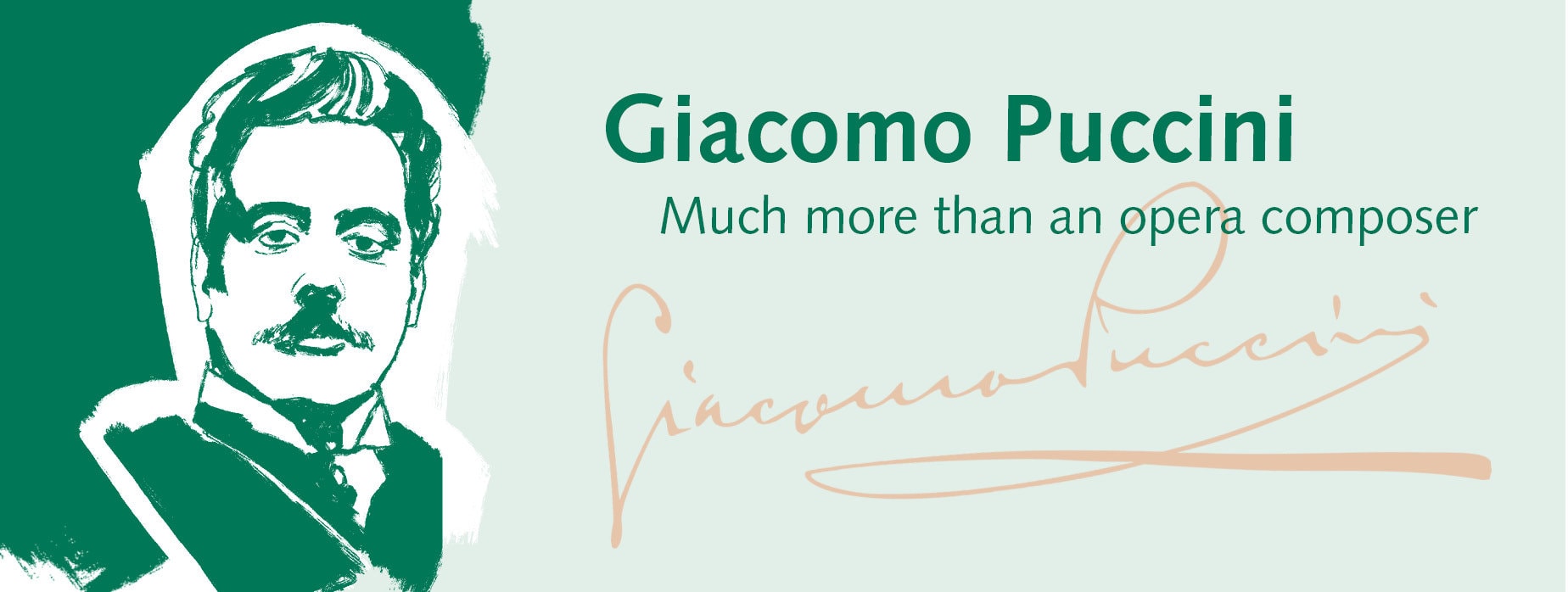
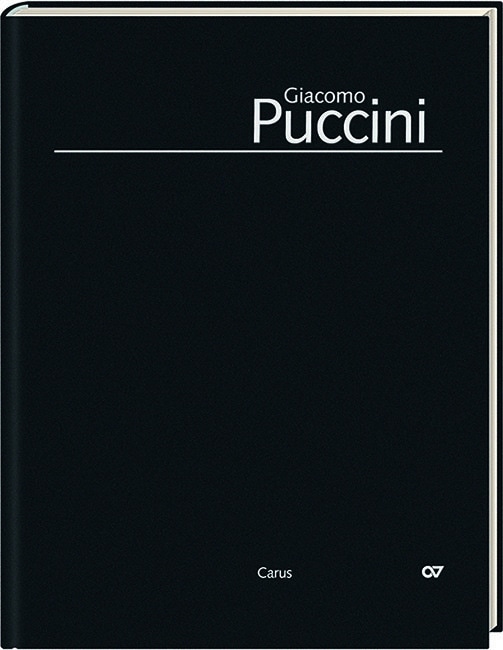
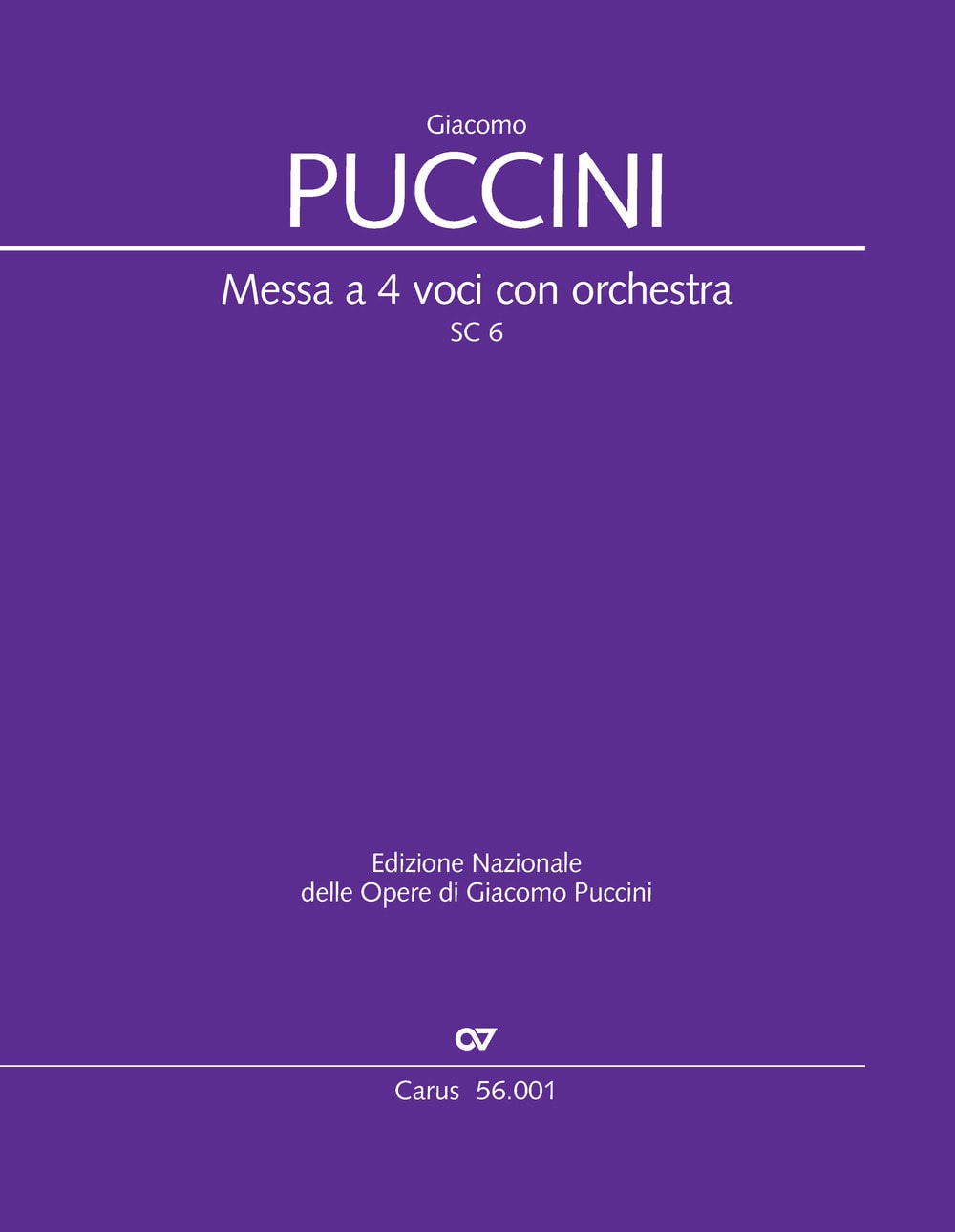
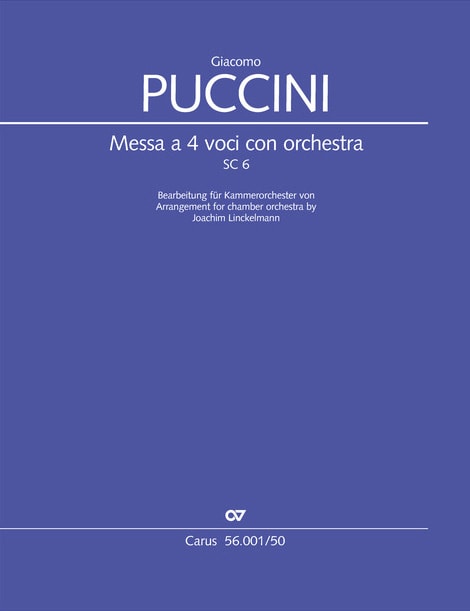
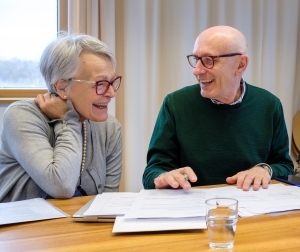
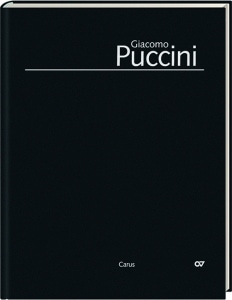
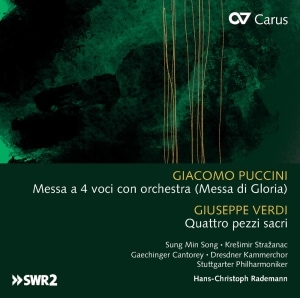
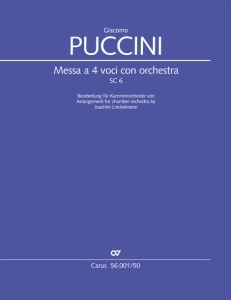
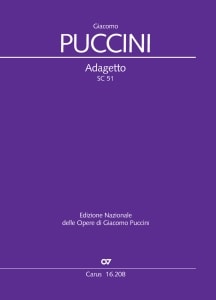


Leave a Reply
Want to join the discussion?Feel free to contribute!